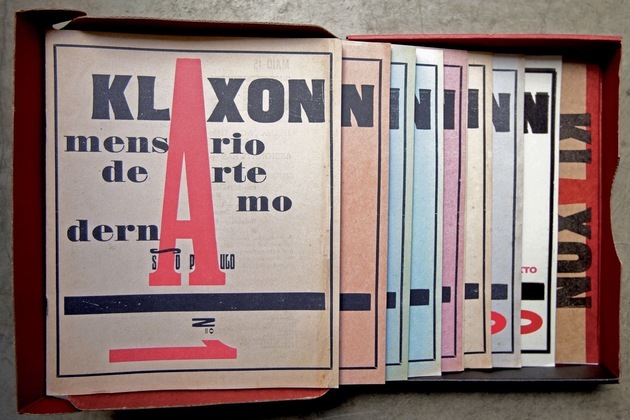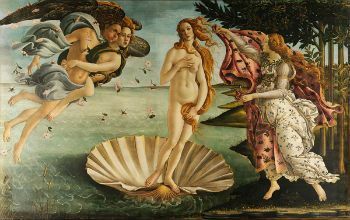THE Gothic architecture it refers to an architectural style that prevailed during the Low Middle Ages (10th to 15th century).
Churches, cathedrals, basilicas and monasteries are the main references of Gothic architecture. Therefore, Gothic art is also known as the “art of cathedrals”.
Note that religion was very present in this period, as the Middle Ages were marked by theocentrism (God at the center of the world).
Thus, during a long period of human history (fifteenth to fifth centuries), art was characterized by two styles: Gothic style and Romanesque style.
In addition to Gothic architecture, this style was also developed in sculpture and painting.
Examples of Gothic Architecture
All over Europe you can find various buildings in the Gothic style. Currently, they have been named a UNESCO World Heritage Site.
In France
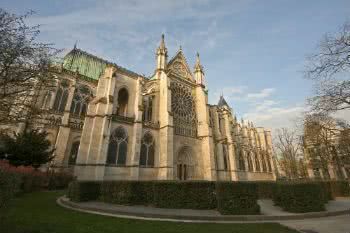
Saint-Denis Basilica in Paris, France. It was one of the first Gothic-style buildings.
In Spain

Seville Cathedral, Spain
In Germany
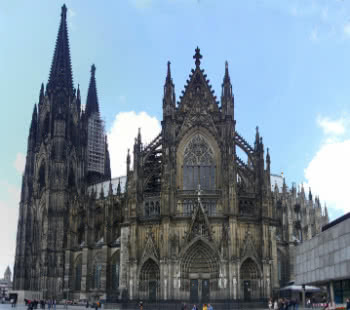
Cologne Cathedral, Germany
In England

York Minster, England
In Italy
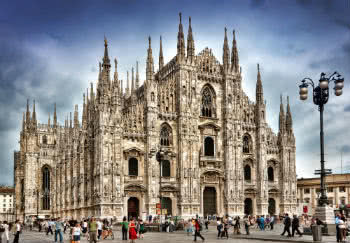
Milan Cathedral, Italy
in Austria
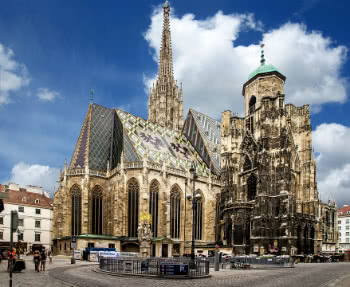
St. Stephen's Cathedral in Vienna, Austria.
Did you know?
Gothic art emerged in France and initially received the name “French style”. It was during the Renaissance that it came to be pejoratively called “Gothic art”.
To the Renaissance it was considered a monstrous art compared to the classical one.
Elements of Gothic Architecture
The main elements of Gothic architecture are:
- bows: broken back arches or pointed arches were the most used in Gothic constructions. They were often decorated with some sculptures.
- arcades: represent a sequence of arches supported by columns and were usually found in cloisters.
- vaults: the most used in the Gothic style were the cross vaults. They are concave structures used in ceilings.
- flying buttress: structure in the form of a half arch, which were used to give greater support to high Gothic buildings.
- finial: in the shape of a flower, these decorative elements made of stone were placed in high places outside the buildings.
- stained glass: pieces of colored glass and religious themes mark the Gothic style. Stained glass were widely used as ornaments in the interior of Gothic cathedrals as they allowed more light to enter the buildings.
- rosacea: circular and colorful decorative element filled with stained glass, which was used in church entrance portals. They allowed more light to enter and receives this name because it has the shape of a rose.
- gargoyles: structure located in the roof gutters in order to drain water. Usually, they were adorned with animalistic and monstrous figures. There are legends that these creatures were guardians of the churches and during the night they came to life.
Characteristics of Gothic Architecture
The main features of Gothic architecture are:
- religious themes
- Monumental and sumptuous art
- Verticality of constructions
- Pointed and slender towers
- great ornamentation
- Thinner and lighter walls
- Greater number of windows and doors
- Great interior lighting
- Latin cross-shaped architectural plan
Curiosity
Note that Gothic buildings are very tall and pointed. This idea of verticality is associated with the proximity to the heavens, in this case, God and the deities.
Gothic architecture in Brazil
First of all, it should be noted that during the Middle Ages, no Gothic-style buildings were erected in Brazil.
Therefore, when we speak of “Gothic in Brazil” we are referring to “neo-Gothic”. This style emerged at the end of the 19th century and was inspired by medieval Gothic art.
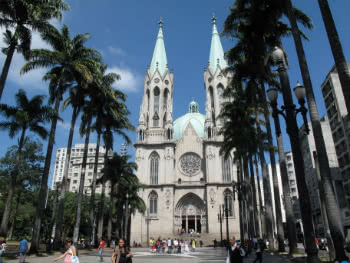
Cathedral of the Cathedral in São Paulo
In Brazil, the main buildings that carry characteristics of this style are:
- Cathedral of the Cathedral (SP)
- Saints Cathedral (SP)
- Nossa Senhora da Boa Viagem Cathedral (MG)
- Caraça Sanctuary Church (MG)
- Metropolitan Cathedral of Fortaleza (CE)
- Metropolitan Cathedral of Vitória (ES)
- Cathedral of Petropolis (RJ)
- Palace of Ilha Fiscal (RJ)
Read too:
- Gothic art
- medieval art
- Romanesque art
- medieval architecture

